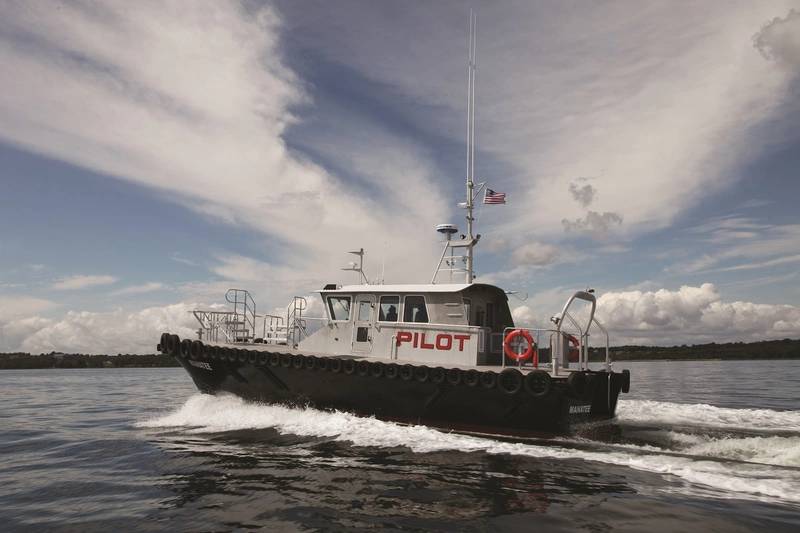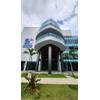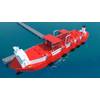Volvo Penta IPS for New Tampa Bay Pilot Boat
The new Chesapeake-class MKII launch delivered this month by Gladding-Hearn Shipbuilding to the Tampa Bay Pilots Association features integrated engine and drive from Volvo Penta.
The new 52.7-ft. 28-knot pilot boat, designed by C. Raymond Hunt Associates, is powered by twin Volvo Penta D11 six-cylinder 503 hp diesel engines with IPS2 drives and Volvo Penta EVC electronic steering and control system. Each of the IPS pods has two counter-rotating forward-facing props that pull the boat through the water rather than pushing it. The EVC control system and three-axis joystick will increase the boat’s overall maneuverability alongside a ship and when docking. The system complies with EPA Tier 3 emission standards.

“We selected the Volvo Penta IPS2 for our next-generation Chesapeake-class boats to improve the performance and the arrangement of planing hulls like our pilot boats,” said Peter Duclos, president of Gladding-Hearn. “IPS2 provides what pilots have been asking for – higher speeds, lower fuel consumption and more comfort.”
The boat is also fitted with an interceptor trim-control system supplied by Humphree. “The combination of the Volvo Penta IPS and the Humphree interceptors gives the pilots higher speeds and improved comfort,” said Duclos. “Initial sea trials revealed a 25 percent improvement in fuel consumption over comparable Chesapeake-class vessels, as predicted.”
Last year, Volvo Penta and Gladding-Hearn teamed to produce the first commercial craft in North America to be powered by triple IPS drives and dynamic positioning for automatic hands-off station keeping. The 64-ft. Fort Ripley was delivered to Southeast Ocean Response Services in Charleston, S.C.
Related News



